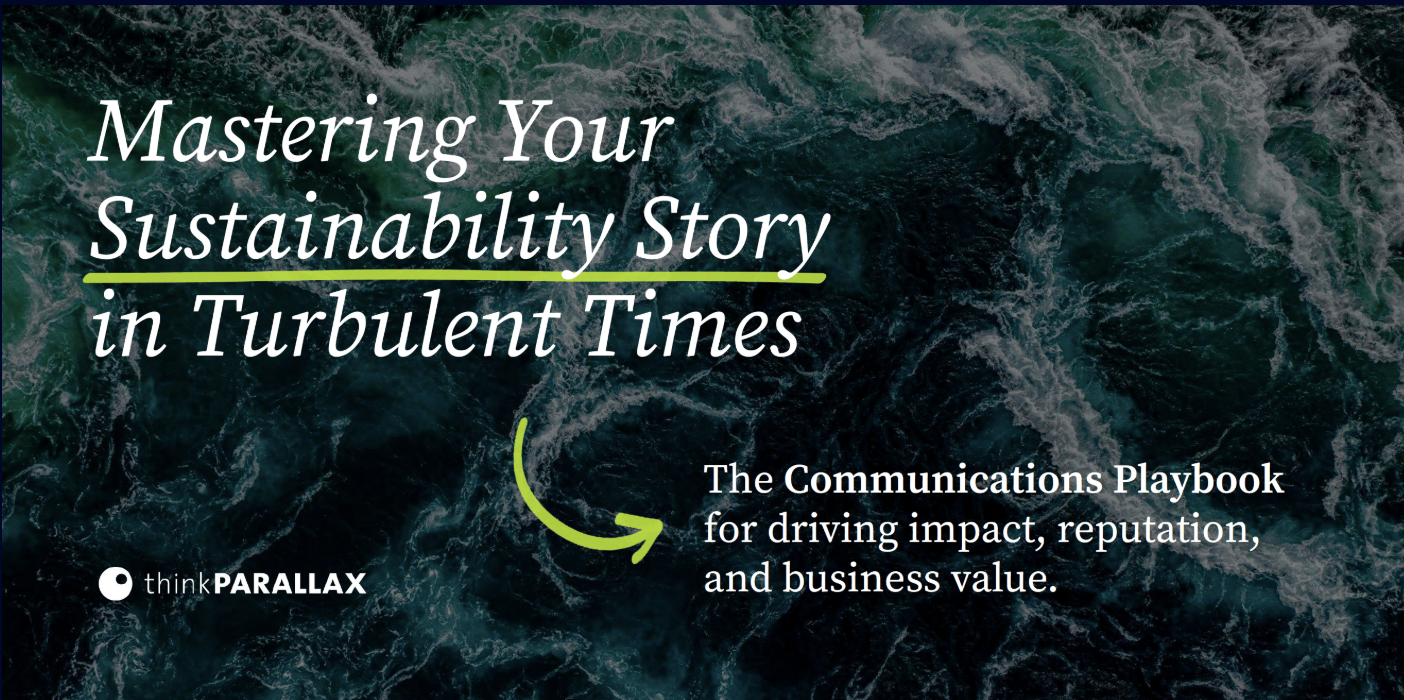Imagine this: Company A is constantly promoting “work-life balance” while they have no paid parental leave program and employees are not allowed to volunteer on company time. Company B funds employee therapy, has five successful employee resource groups, and supports a long-standing partnership with the local food bank, but tells absolutely no one. Both are getting it wrong. Similar to greenwashing and its quieter counterpart, greenhushing, there is a parallel dynamic when it comes to people (employees, partners, and local communities): carewashing and carehushing.
Just as greenwashing involves inflating environmental claims, carewashing occurs when organizations exaggerate (or fabricate) their commitment to employee care, wellbeing initiatives, and social impact programs. Similar to greenhushing, carehushing happens when companies with genuine, impactful employee, DEI and community engagement programs stay silent, fearing scrutiny or accusations of performative action in an increasingly risky and skeptical environment. Many organizations gravitate toward these extremes for understandable reasons. Fear of criticism, becoming a target (especially in the current environment), or concerns about not being “perfect enough” drive carehushing. Meanwhile, pressure for positive communications without commitment to real change fuels carewashing.
This gap between performance and disclosure is perhaps most stark in sustainability and social impact reporting. Carewashing companies publish elaborate commitments to diversity or supporting local communities that don’t exist beyond pilots, while carehushing organizations quietly reach 20,000 employee volunteer hours and have full pay transparency, but barely mention it. The solution is refreshingly simple: honest, substantive communications that pair real metrics with human stories. Companies that share actual progress and data build more trust than glossy fiction or excessive modesty ever could. When organizations acknowledge both achievements and gaps transparently, they gain credibility with all of their stakeholders.
If you’ve made it this far and you’re wondering “is this my organization?”, here’s a simple guide to help you “walk the talk” and communicate authentically:
How to avoid carewashing
| Do | Don't |
| Align messaging with genuine values and actions | Use caring language without real support or change |
| Back up caring campaigns with measurable impact | Exploit social causes for marketing gains |
| Be transparent about motivations and outcomes | Overstate your contributions or intentions |
| Listen and engage with affected communities | Ignore criticisms or concerns from stakeholders |
| Ensure care efforts are consistent across the organization | Treat care as a one-time PR opportunity |
How to avoid carehushing
| Do | Don't |
| Disclose care initiatives transparently and appropriately | Hide positive efforts out of fear of backlash |
| Communicate care practices honestly and humbly | Underreport meaningful work that helps communities |
| Balance visibility with humility | Withhold information that could inspire or lead change |
| Learn from past overstatements and improve messaging | Let fear of being scrutinized or called performative stop genuine action |
| Share care initiatives in a context of long-term commitment | Don’t minimize your impact by staying silent |
The truth is quite simple: the goal isn’t to perform care, it’s to practice it with purpose and tell the story with honesty. No smoke machines or script, just genuine action paired with authentic communication. Doing meaningful work and sharing it well isn’t bragging, it’s leadership. When you get this balance right, you don’t just build trust, you create real impact and value for people.
Struggling to find that sweet spot between carewashing and carehushing? thinkPARALLAX supports organizations in building authentic care practices and communicating them with integrity. Reach out anytime.






